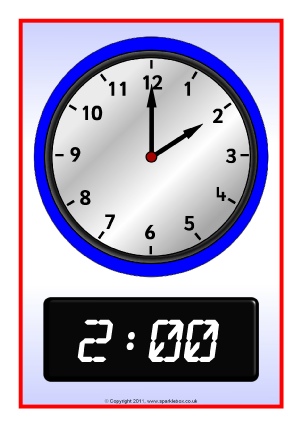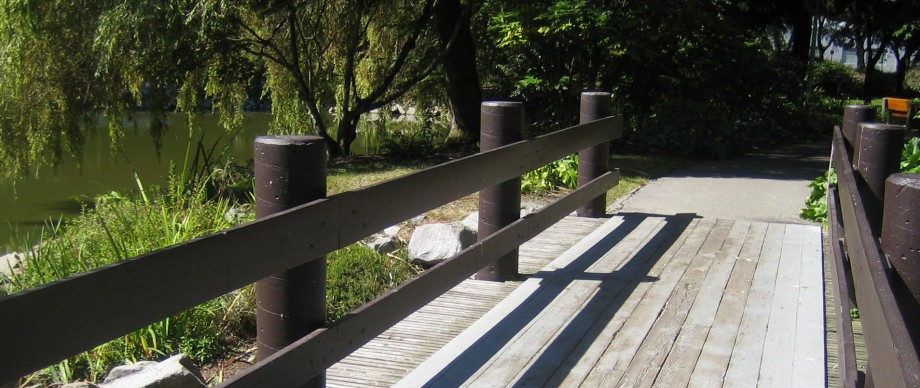Activity #5a: Geometry: Quadrilaterals
Let’s review what we know about polygons.
A polygon is a shape made of connecting straight lines. The lines join together to make the sides of a closed shape. A side is also called an edge. The edges (sides) meet in corners. One corner is called a vertex. Several corners are called vertices. The name of the polygon tells you the number of edges (sides) it has.

We have been studying 8 different polygons. Each of them has a different number of edges (sides) and vertices.
Watch the video. Look out for a polygon called a trapezoid.
__________________________________________________
Quadrilaterals
One of the type of polygons we are studying is the quadrilateral.
A quadrilateral has four edges (sides) and four vertices. The word quad means 4 and the word lateral means sides.
We know a square is a quadrilateral, a rectangle is a quadrilateral, and a rhombus is a quadrilateral because they all have four edges and four vertices.
Parallel
The word parallel means that the the lines (edges) are the same distance apart from each other so they will never meet.
If you measured how far apart the top and bottom opposite edges are in this rectangle, you would see the distance apart is always the same so the edges are parallel. And if you measured how far apart the right and left opposite edges are in this rectangle you would see the distance apart is always the same so those edges are also parallel.
The opposite parallel edges could keep going and going and never meet.

Square, rectangle, and rhombus are all quadrilateral shapes that have opposite edges that are parallel and could never meet.
Trapezoid
Another quadrilateral shape is called the trapezoid. It is a quadrilateral shape because it has four edges and four vertices.
However, the trapezoid is different from the other quadrilaterals: the square, the rectangle, and the rhombus. The trapezoid has 2 opposite edges that are parallel to each other and 2 opposite edges that are NOT parallel to each other.
If you measured how far apart the top and bottom opposite edges are in this trapezoid you would see the distance apart is the same so those 2 edges are parallel. But if you measured how far apart the right and left opposite edges are in the trapezoid, you would see the distance apart is closer at the top and farther apart at the bottom, so those 2 edges are NOT parallel.
The parallel edges could keep going and going and the 2 edges would never meet. However, if the non-parallel sides kept going and going, those 2 edges would eventually meet at the top.
Take a look at the picture below and compare the trapezoid to the other quadrilaterals: the square, rectangle, and rhombus. Notice how their opposite edges are parallel to each other but 2 of the opposite edges of the trapezoid are NOT parallel to each other.

Parallelogram
You will also notice the shape word parallelogram in the picture above. A parallelogram is a shape with parallel opposite edges and equal in length opposite edges.
So a square, a rectangle, and a rhombus can also be called parallelograms because they have parallel opposite edges and equal in length opposite edges.
However, a trapezoid could NOT be called a parallelogram because two of its opposite edges are NOT parallel and NOT equal in length.
__________________________________________________
Does all this seem complicated? Don’t worry. You will understand some of it now and when you learn about angles that will help you understand even more.
For now think of it like this: There is a neighborhood called Polygons. In that neighborhood is a big house called Quadrilaterals. The upstairs in the house is called Parallelograms and that’s where the Rhombus, Square, and Rectangle live. The downstairs in the house is where the Trapezoid lives. Hope that helps!
Watch the video about quadrilaterals.
__________________________________________________
Polygons & quadrilaterals practice.
Polygon Properties: Identify the polygons and circle the number of edges (sides) for the polygons. Remember: polygons are closed shapes.
Sides (edges) and vertices: Complete the table with the numbers of edges (sides) and vertices for each shape.
Quadrilateral Sorting: Identify which shapes are quadrilaterals then place them in the correct column. Remember: quadrilaterals have 4 edges (sides) and 4 vertices.
Identifying Quadrilaterals: Write the name of each quadrilateral using the names: square, rectangle, trapezoid, or parallelogram. (You can use the info posted here to help you out.)
Great job! That was a lot of learning and practising.
**************************************************
Activity #5b: Time: Digital, Analog, Time to the hour and half hour
Last week we talked about digital and analog clocks, the short and long hands on the clock, and using o’clock when telling time.
Telling time to the hour
We learned that on an analog clock we can tell time to the hour (o’clock) when the short hand points to the hour number and the long hand points to the 12.
We learned that on a digital clock we can tell time to the hour (o’clock) when the left number says the hour number and the right number says 00.
On the analog clock this is 5 o’clock.

On the digital clock this is 5 o’clock.

Digital
Watch the video and review.
__________________________________________________
Telling time to the half hour
When we tell time to the hour we say the word o’clock. Now we are going to learn to tell time to the half hour. When we tell time to the half hour, we say the word thirty.
On an analog clock, when the long hand is at the top on the 12 we are telling time to the hour (o’clock). When the long hand goes down to the bottom of the clock to the 6, we are telling time to the half hour (30).
On a digital clock, when the number on the right is at 00 we are telling time to the hour. When the 00 changes to 30, we are telling time to the half hour.
Here is two o’clock or 2:00 on analog and digital clocks.

Now, here is two thirty or 2:30 on analog and digital clocks. On the analog clock, the long hand has moved down to the bottom to the number 6. On the digital clock, the number has changed from 00 minutes to 30 minutes.

Watch the video.
Remember:
Telling time to the hour: Analog – long hand on top at 12 = Digital – right side is 00
Telling time to the half hour: Analog – long hand on bottom at 6 = Digital – right side is 30
__________________________________________________
Half hour = Half past = 30 minutes past
When we tell time to the half hour we say thirty or we say half past. On a digital clock we say that because there are 60 minutes in an hour and 30 minutes is half of 60. On an analog clock we say that because the long hand has moved half way around the whole clock.
__________________________________________________
Analog & digital time to the hour (o’clock) and to the half hour practice.
#1 Time to the hour: Each analog clock will have a time shown on it. Write the digital time of the clock underneath it. Remember when the long hand is at the top pointing to 12 on the analog clock, print the number 00 on the right side of the digital clock.
#2 Time to the hour and half hour: Underneath the analog clocks will be digital clocks telling you the time. You will need to draw the hands on the analog clocks to show that same time. Remember when the number 30 is on the right side of the digital clock, draw the long hand on the analog clock pointing to the 6.
#3 Time to the hour and half hour: Each analog clock will have a time shown on it. Write the digital time of the clock underneath it. Remember when the long hand is at the bottom pointing to the 6, print the number 30 on the right side of the digital clock.
**************************************************
***LAST WEEK’S ANSWERS: Analog & Digital Time using o’clock***
Here are the answers to last week’s time questions:
